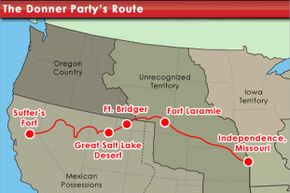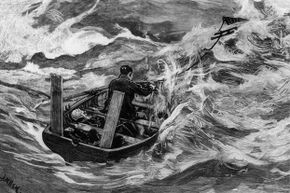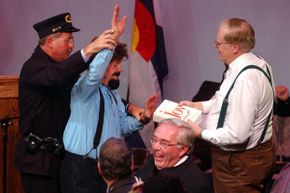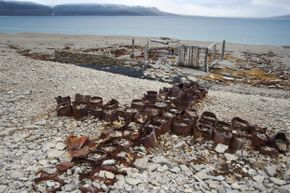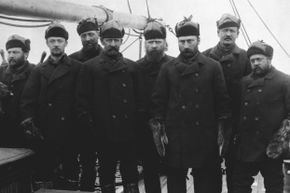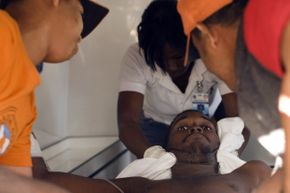While so far our other cases of cannibalism are all borne out of necessity, they don't have strong evidence that a murder preceded the flesh consumption. But the 1884 story of the Mignonette, a ship sailing from England to Australia, leaves no doubt: Death did not come naturally to the victim.
About two months into the trip, the Mignonette sank and four crew members (including a 17-year-old named Richard Parker who managed to grab a couple tins of turnips) were able to get into a 13-foot (4-meter) lifeboat. Nineteen days later, things weren't looking so hot, and Thomas Dudley, the captain, suggested that Parker -- with no wife or family and much sicker than the others -- could be quickly dispatched for the survival of the rest. It was agreed. Dudley stabbed Parker in the neck with a penknife, and they ate his flesh and drank his blood.
They were found the 24th day, and eventually Dudley and one other crewman were charged with murder and cannibalism. They were found guilty, but public sentiment in England led to a hasty pardoning by the home secretary, and they were released from prison within six months [source: Teuber].
The tale of Richard Parker has a couple of literary connections as well. Years before the Mignonette set sail, Edgar Allan Poe wrote an 1838 short story where a character -- by the name of Richard Parker -- is eaten by fellow stranded sailors after hunger sets in. The 2001 novel "Life of Pi" borrows the name Richard Parker as well, for a tiger stranded on a lifeboat with the main character.

